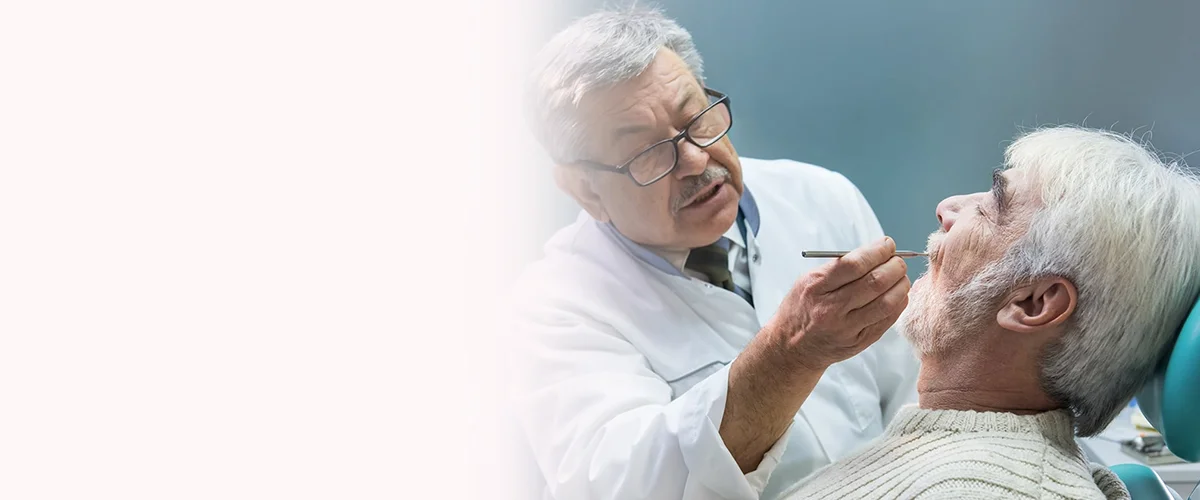
Zygomatic Dental Implant in Mumbai
Many a times, bone resorption along with lower bone quality often make it impossible to place dental implants in the upper jaw. Zygoma implants are then advised and anchored in to the cheek bone rather than the upper jaw. Zygomatic implants can also be used as an alternative to traditional dental implants for reconstructing the cheekbone. This article explain all about zygomatic dental implant, reasons used, how placed in zygoma bone. Keep reading to learn more about these hidden wonders!
What is a Zygomatic Dental Implant?
Zygomatic Dental Implants way to replace a missing tooth placed in zygoma bone. Neither you nor anyone else can tell the difference. Dental Implants around since the 1950s and in the last 10 years perfected where is A.D.A (American Dental Association) acceptance a very high rate of success.
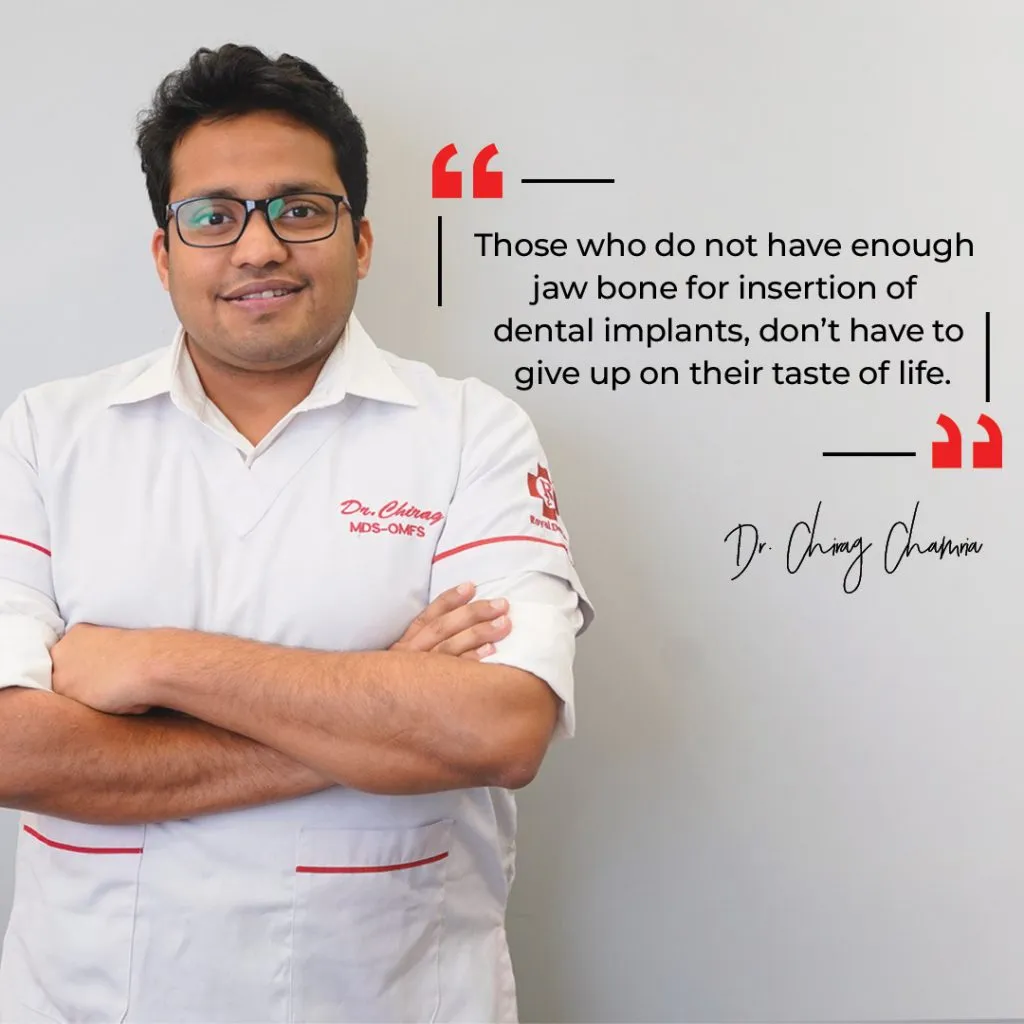
Why are Zygomatic Implants placed?
Zygomatic implants used when an individual has suffered from cancer or another disease that has removed much of the cheekbone structure and volume. These implants used as an alternative to traditional methods of reconstructing the cheekbone, such as with bone grafts. Zygoma bone implants used in patients who have received radiation therapy to their face. The treatments used in radiation therapy can weaken the bone and make it difficult to use other reconstructive methods. Zygomatic implants used more often as a reconstructive procedure thanks to advancements in surgical techniques and materials.
Where is the Zygomatic Implant placed?
The cheekbone or zygoma which is also known as the malar bone which is technically known as the zygomatic bone is the main anchorage for the zygomatic implant. When implants are planned for the upper jaw, it is normally a difficult situation. The upper jaw poses the following problems:
- Poorer quality of bone available in the upper jaw as compared to the lower jaw due to age or bone resorption.
- Decreased width and height of bone over time.
- The presence of air spaces or sinus in the upper jaw also reduces the available height of bone in the back tooth regions.

Hence, we almost, always have a weak bone in the upper jaw. So when there isn’t enough height of jaw bone to support an implant, the cheekbone is used to take support by providing longer size implants. The advantage of this will be that implants may not get easily affected like a conventional implant from the infection since the size of the implant is longer and the malar bone being thick is resistant to disease.This method is mainly used for severely resorbed upper jaws and is designed to allow immediate replacement with fixed polymer teeth.
How is a Zygoma Implant placed?
The zygoma implants are placed for the eating teeth of the jaw and are approached within the mouth, along with the placement of additional implants in the front region of your jaw. If the case is found too complicated or severe, two zygomatic implants may be placed on each side, which is known as Quad Zygoma. In cases of severe complexities, a custom made implant may be suitable.
Advantages of Zygoma Implants
- Teeth are delivered on the same day.
- Bone grafting is not necessary.
- A comfortable procedure.
Who are ideal patients for Zygoma implants?
- Complete loss of teeth in the upper jaw
- Extreme loss of bone in the upper jaw
- Destruction of the premaxilla and maxillary sinus infringement
- Adults and elder adults as well.
- People who desire to chew frequently on hard food.
Zygomatic Implant with Pinhole Technique in One day
The Zygomatic Implants are used for full mouth dental rehabilitation for severely resorbed bone. The traditional technique for implant placement was in the bone, but in cases with less or no bone, a Zygoma Implant recommended. Although, there is improvement in the quality of life of the patients, yet the invasive surgery involved needs to performed with utmost care. Zygomatic Dental Implants anchored into the cheekbone, also known as Zygoma or Zygomatic Bone. These implants used in cases where the patient has a missing jawbone or the jawbone is soft and thin. Most patients above 45+ years end up losing a few or all of their teeth.
What kind of teeth is used for over zygomatic implant
PEEK frame work with SAPTeeth Prosthesis are ideal for long term use. Zygomatic implants are small but mighty. They used to place implants in less or no jawbone. Implants used as an alternative to traditional methods of reconstructing the cheekbone, such as with bone grafts. Zygomatic implants frequently used in patients who have received radiation therapy to their face. The treatments used in radiation therapy can weaken the bone and make it difficult to use other reconstructive methods. Zygomatic implants used more often as a reconstructive procedure thanks to advancements in surgical techniques and materials.
Zygomatic Implant in one day Royal Dental
Most patients above 45+ years end up losing a few or all of their teeth. It is estimated that 92% of adults between the ages of 20-64 years suffer from tooth decay in India. Likewise, the number of individuals who suffer from missing teeth is pretty high above 45+ years. Tooth decay, gum disease, poor oral hygiene, and injury, are common causes of missing teeth.
Royal Dental Clinics, Kandivali, Mumbai are proud to be at the forefront of zygomatic implant placements. Using the modern virtual surgical planning and surgical guides. In fact, because of the use of SAPTeethTM they are now able to restore the upper jaw with immediate load protocols. And give permanent fixed shock absorbable teeth.
Success of zygomatic implant in weak bone over 5 years has been around 96% and over 10 years has been around 93%.
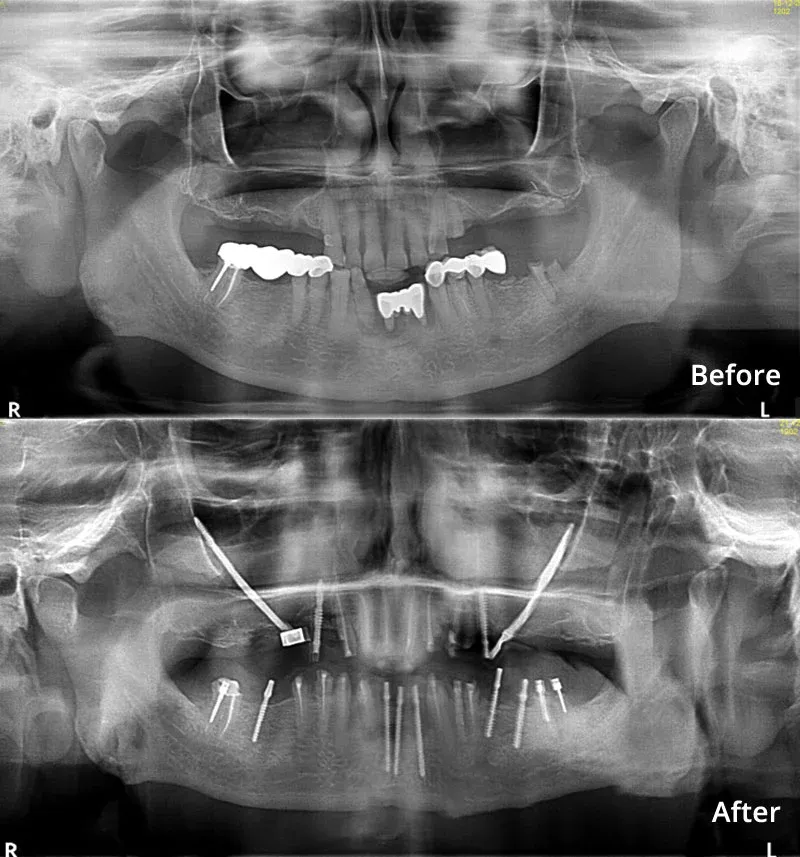
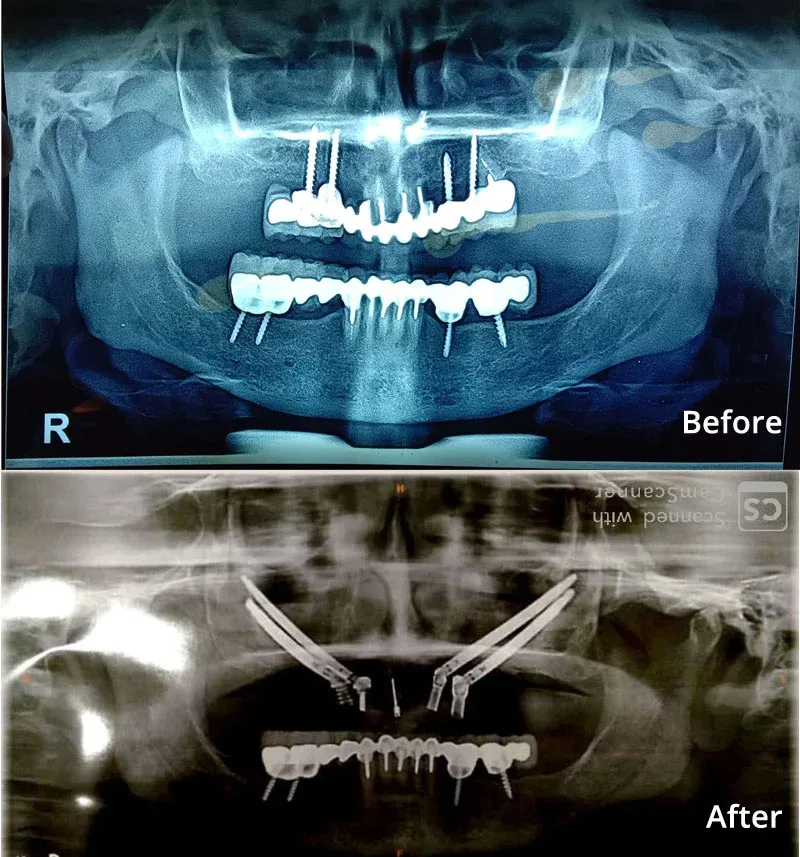
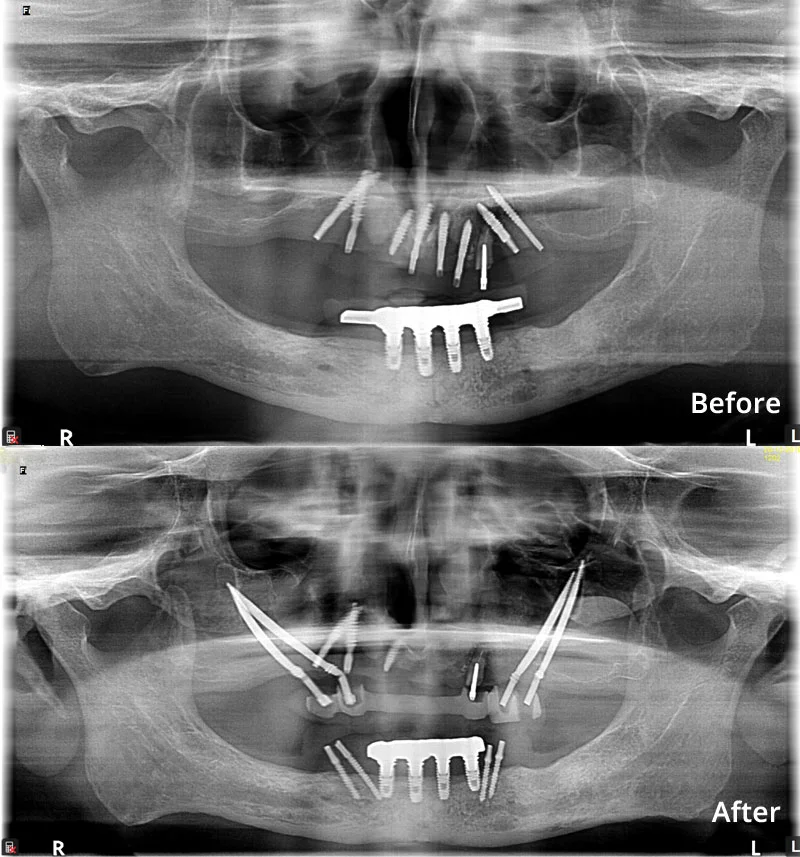
The zygomatic dental implant procedure carried out in just one stage – this includes the implant placement and the fixed bridge. The procedure has an immediate impact on your ability to bite and chew. It will give you great looking teeth, which, if cared for properly, will last a lifetime.
To successfully and predictively place dental implants and then to be able to fix artificial teeth with function and aesthetics requires a seamless coordination between the doctors, radiology, staff, laboratory and patient. Furthermore, Royal Dental Clinics have an in house CBCT (dental x- rays) and in house laboratory with the latest CAD-CAM and 3D printing technology to ease the process.

